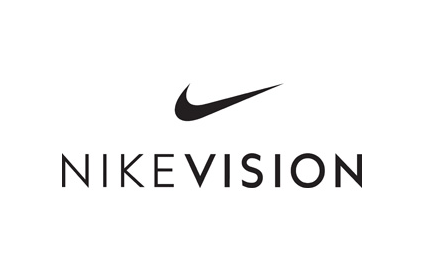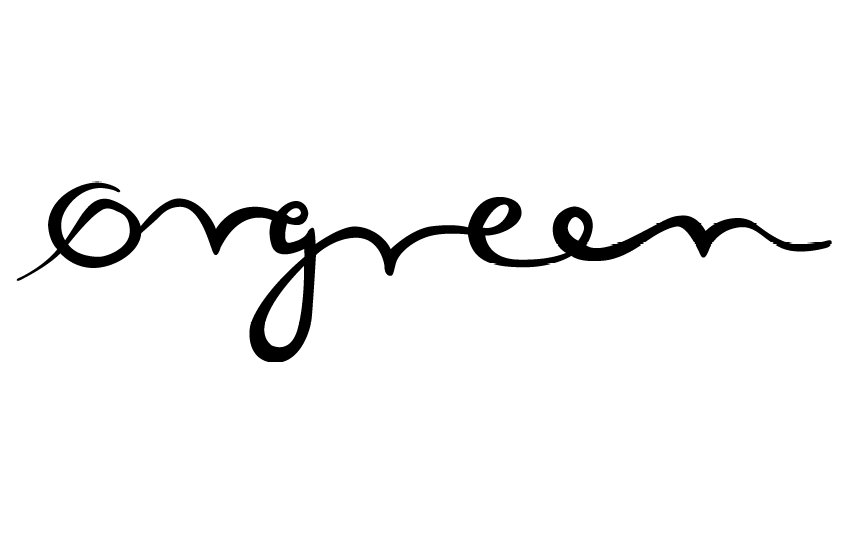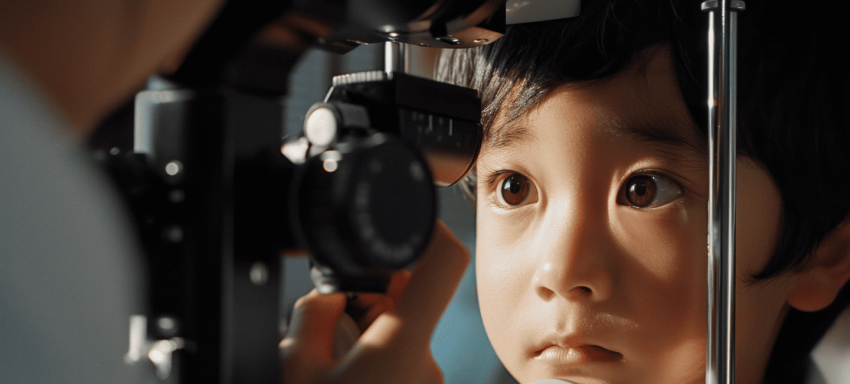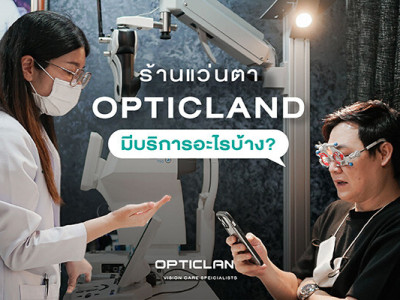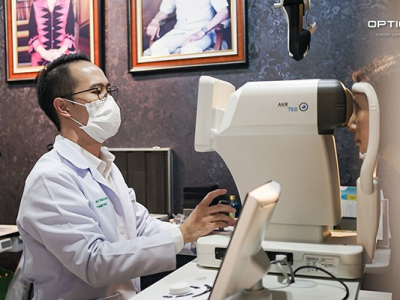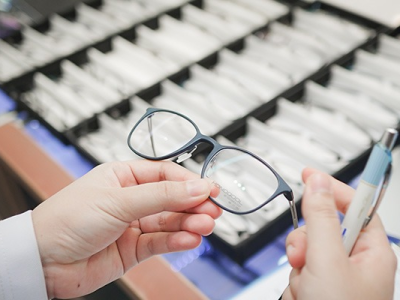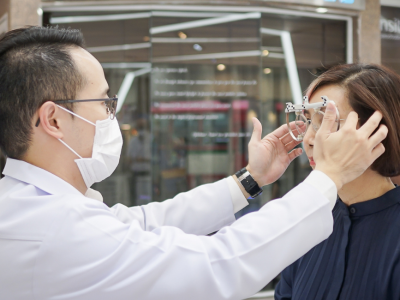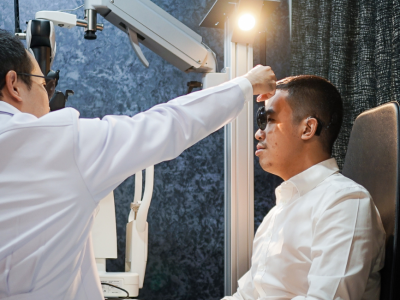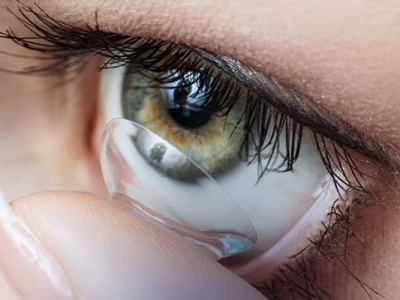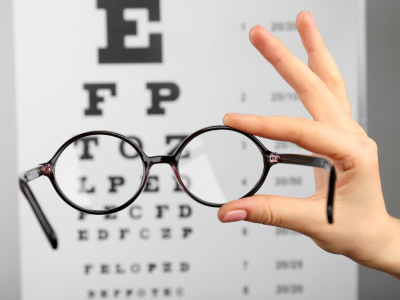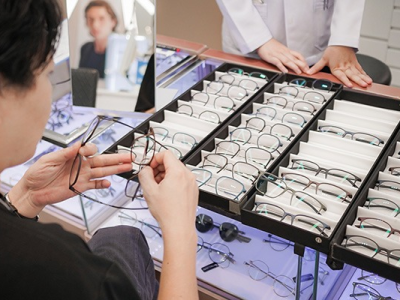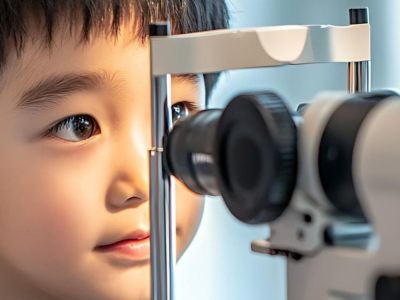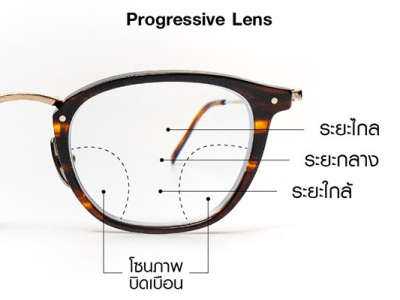Eye Test for Children Importance & What Parents Should Know
Clear vision is a key factor in every aspect of a child’s development academic, social, and physical. Many parents may assume that eye test are only necessary for adults or wait until problems become obvious. In reality, early eye examinations for children are extremely important. They ensure that a child’s vision is functioning at its best and allow for early detection and treatment of issues before they impact long-term development. This article explores the importance of eye exams in children, warning signs parents should be aware of, and the recommended screening schedule at each age to help ensure your child’s eyes are healthy and ready for a lifetime of learning and growth.
Why are Eye Tests Important for Children?
Eye exams for children are not just about checking for vision problems like nearsightedness or farsightedness; they also assess the overall health of the eyes and help detect conditions that may be present from birth or develop later. If left untreated, these conditions can affect various areas of a child’s development:
Learning Development
Good vision is fundamental to learning. Children need to clearly see the board, books, and learning materials. If they have undetected vision problems like nearsightedness, astigmatism, or strabismus (crossed eyes), they may struggle with reading, writing, and classroom activities. These difficulties can lead to poor academic performance and may be misinterpreted as attention or learning disorders.
Physical Development
Clear vision helps children move and engage in physical activities safely and confidently, whether it’s running, playing sports, or grabbing objects. Poor vision can increase the risk of accidents and discourage children from participating in activities that require hand-eye coordination, which may delay muscle and balance development.
Social and Emotional Development
Children with vision problems may feel different from their peers, avoid social activities, or even become targets of teasing. This can lead to social withdrawal, anxiety, irritability, or low self-esteem. In addition, blurry vision can make it difficult for children to recognize faces or read emotional cues, affecting their ability to build relationships.
Avoiding the Risk of Amblyopia
Amblyopia, commonly known as lazy eye, is a condition where vision in one eye is reduced despite normal eye structure. It often occurs when the brain does not receive sufficient stimulation from that eye during early childhood. If detected and treated during the critical early years (usually before age 7 or 8), vision can often be restored close to normal. If left untreated, the condition may become permanent. Early eye examinations are crucial in preventing and treating amblyopia.
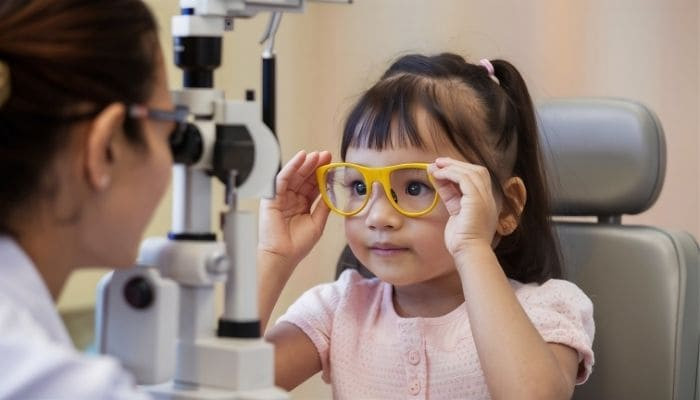
What Parents Should Know: Warning Signs That Your Child May Have Vision Problems
While professional eye exams are the best way to detect vision issues, parents can look for early signs that might indicate a problem. If any of the following behaviors are noticed, it's best to consult an eye care professional promptly:
- Frequent eye rubbing: May indicate eye irritation, dryness, or difficulty focusing.
- quinting or tilting the head: May be a sign your child is trying to improve focus, often due to astigmatism or nearsightedness.
- Sitting too close to the TV or holding books too close: A common sign of nearsightedness.
- Complaints of blurry or double vision: Older children may express this directly, while younger ones may avoid visual tasks or make frequent errors.
- Frequent headaches or eye strain: These symptoms may result from overexerting the eyes to see clearly.
- Sensitivity to light: Excessive squinting or avoiding bright lights could point to photophobia or internal eye problems.
- Excessive tearing: This could be caused by eye irritation, a blocked tear duct, or other eye-related issues.
How Often Should Children Have Eye Tests?
Children should have regular eye exams at key developmental stages to ensure their vision is on track and to address any problems early:
Infants and Toddlers (0–2 years):
- At birth: Pediatricians or ophthalmologists screen for severe congenital eye conditions like cataracts or glaucoma.
- 6–12 months: A comprehensive eye exam can assess vision development and detect early issues such as strabismus or amblyopia.
- 18–24 months: If no eye exam has been done yet, this is a good time to have a thorough screening.
Preschoolers (3–5 years):
- Children should receive at least one eye exam from an ophthalmologist or optometrist before starting kindergarten (around age 3–4), and follow-up exams every 1–2 years if no problems are found.
- This age is critical for detecting and treating lazy eye and other visual issues such as strabismus, nearsightedness, farsightedness, and astigmatism, as the brain is still adaptable.
School-age Children (6–18 years):
- Eye exams should be conducted at least once a year, or as recommended by an eye care professional especially if there is a family history of eye conditions or the child shows any signs of vision issues.
- During these years, vision can change rapidly, particularly with the onset or progression of nearsightedness. Regular exams help ensure glasses are up to date and support academic performance.

Prioritizing regular eye exams for your child is one of the most important steps parents can take for their long-term well-being. Early detection and treatment of vision issues not only help prevent permanent damage but also support your child’s ability to learn, grow, and thrive in a vibrant and visually rich world. Investing in their eye health now is an investment in their future.









